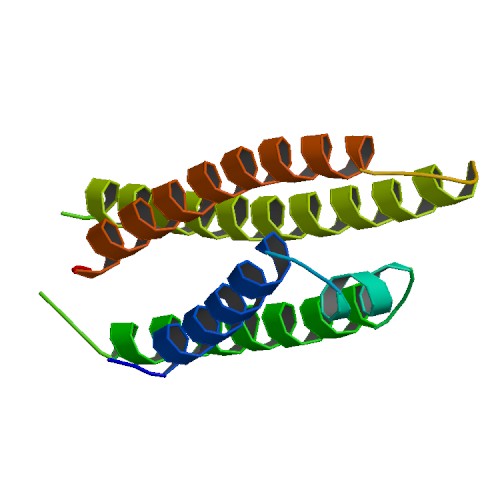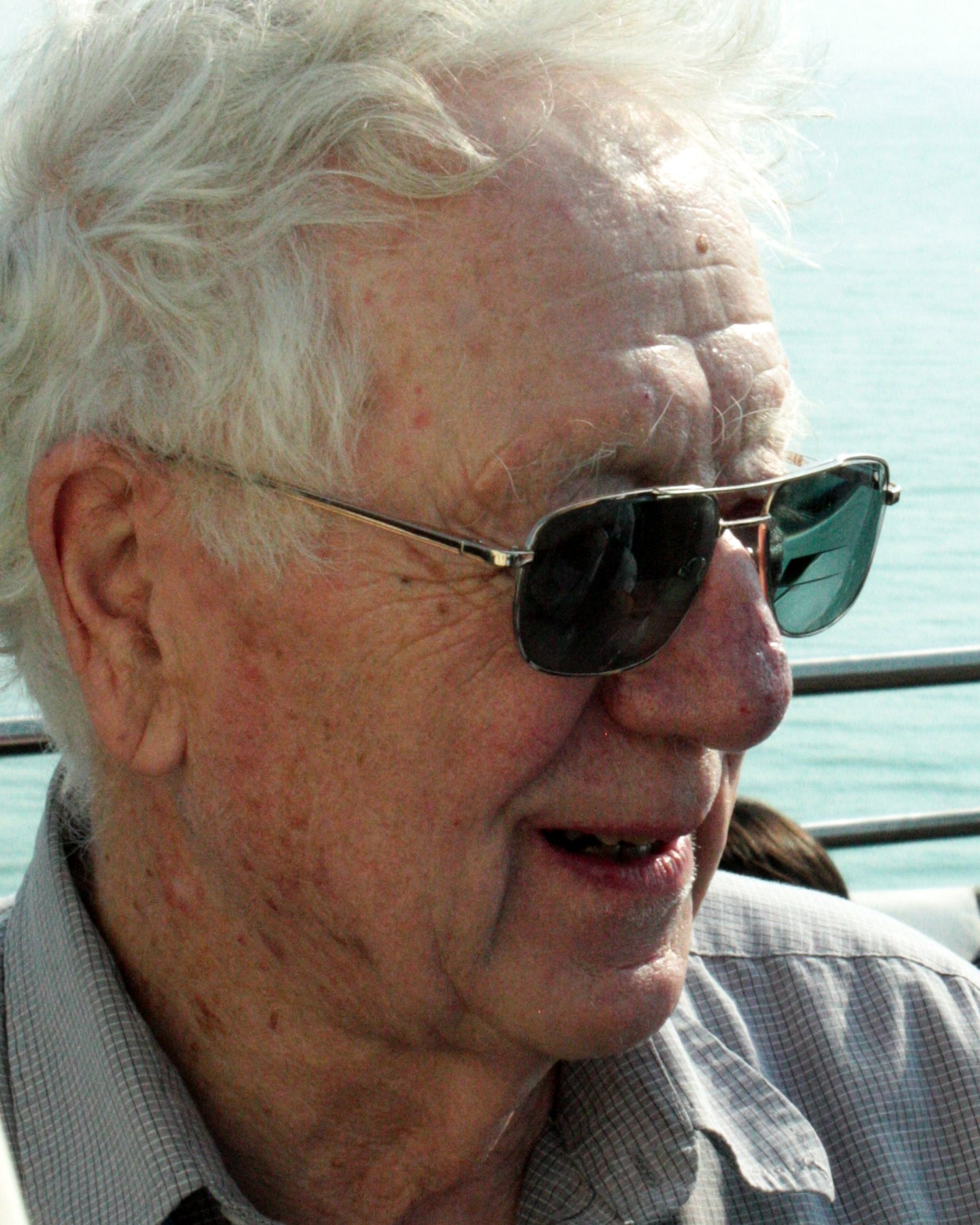Nobuyo Maeda on:
[Wikipedia]
[Google]
[Amazon]
Nobuyo N. Maeda is a Japanese geneticist and medical researcher, who works on complex human diseases including atherosclerosis,

 Maeda's group subsequently carried out other gene-targeting experiments, including replacing the mouse gene for ApoE with common variants of the human gene. As of 2017, her research continues to focus on atherosclerosis, and encompasses
Maeda's group subsequently carried out other gene-targeting experiments, including replacing the mouse gene for ApoE with common variants of the human gene. As of 2017, her research continues to focus on atherosclerosis, and encompasses
diabetes
Diabetes, also known as diabetes mellitus, is a group of metabolic disorders characterized by a high blood sugar level ( hyperglycemia) over a prolonged period of time. Symptoms often include frequent urination, increased thirst and increased ap ...
and high blood pressure
Hypertension (HTN or HT), also known as high blood pressure (HBP), is a long-term medical condition in which the blood pressure in the arteries is persistently elevated. High blood pressure usually does not cause symptoms. Long-term high bl ...
, and is particularly known for creating the first mouse model for atherosclerosis. Maeda has worked in the United States since 1978; as of 2017, she is the Robert H. Wagner Distinguished Professor at the University of North Carolina at Chapel Hill
A university () is an institution of higher (or tertiary) education and research which awards academic degrees in several academic disciplines. Universities typically offer both undergraduate and postgraduate programs. In the United States ...
.
Early life and education
Maeda was born inSendai
is the capital Cities of Japan, city of Miyagi Prefecture, the largest city in the Tōhoku region. , the city had a population of 1,091,407 in 525,828 households, and is one of Japan's 20 Cities designated by government ordinance of Japan, desig ...
, Miyagi Prefecture
is a prefecture of Japan located in the Tōhoku region of Honshu. Miyagi Prefecture has a population of 2,305,596 (1 June 2019) and has a geographic area of . Miyagi Prefecture borders Iwate Prefecture to the north, Akita Prefecture to the nort ...
, Japan in the early 1950s, the second of three sisters. Her father was a chemical engineering
Chemical engineering is an engineering field which deals with the study of operation and design of chemical plants as well as methods of improving production. Chemical engineers develop economical commercial processes to convert raw materials int ...
professor. She attended Tohoku University
, or is a Japanese national university located in Sendai, Miyagi in the Tōhoku Region, Japan. It is informally referred to as . Established in 1907, it was the third Imperial University in Japan and among the first three Designated National ...
in Sendai, where she received a BSc in chemistry (1972) and an MSc in bio-organic chemistry Bioorganic chemistry is a scientific discipline that combines organic chemistry and biochemistry. It is that branch of life science that deals with the study of biological processes using chemical methods. Protein and enzyme function are examples of ...
(1974), followed by a PhD in the same subject in 1977; her thesis was entitled "Isolation and characterization of neurotoxins from the venoms of sea snakes, and the use of amino acid sequences in taxonomy".
Career and awards
Maeda first briefly worked in the laboratory of Nobuo Tamiya at the Department of Chemistry of Tohoku University. In 1978, she left Japan for the United States, and worked for a decade at theUniversity of Wisconsin–Madison
A university () is an educational institution, institution of higher education, higher (or Tertiary education, tertiary) education and research which awards academic degrees in several Discipline (academia), academic disciplines. Universities ty ...
. She held post-doctoral positions in the laboratories of Walter M. Fitch
Walter Monroe Fitch (May 21, 1929 – March 10, 2011) was a pioneering American researcher in molecular evolution.
Education and career
Fitch attended University of California, Berkeley, where he graduated with an A.B. in chemistry in 1953 and a ...
(Department of Physiological Chemistry; 1978–81) and Oliver Smithies
Oliver Smithies (23 June 1925 – 10 January 2017) was a British-American geneticist and physical biochemist. He is known for introducing starch as a medium for gel electrophoresis in 1955, and for the discovery, simultaneously with Mario Capec ...
(Laboratory of Genetics; 1981–83), and then worked in the Laboratory of Genetics as an assistant and then associate scientist.
She moved to the Department of Pathology of the University of North Carolina at Chapel Hill
A university () is an institution of higher (or tertiary) education and research which awards academic degrees in several academic disciplines. Universities typically offer both undergraduate and postgraduate programs. In the United States ...
in 1988, with her collaborator (and later husband) Smithies, where she held successively positions as associate professor (1988) and professor (1996), and was appointed the Robert H. Wagner Distinguished Professor at the Department of Pathology and Laboratory Medicine in 2003. She is also an adjunct professor in the Department of Nutrition (from 2000) and has directed the university's pre-doctoral training program in vascular biology since 2002.
She was awarded the Method to Extend Research in Time (MERIT) Award of the National Heart, Lung, and Blood Institute
The National Heart, Lung, and Blood Institute (NHLBI) is the third largest Institute of the National Institutes of Health, located in Bethesda, Maryland, United States. It is tasked with allocating about $3.6 billion in FY 2020 in tax revenue to ...
(1998).

Research
Maeda's early work onsea snake
Sea snakes, or coral reef snakes, are elapid snakes that inhabit marine environments for most or all of their lives. They belong to two subfamilies, Hydrophiinae and Laticaudinae. Hydrophiinae also includes Australasian terrestrial snakes, wher ...
venoms led to an interest in molecular evolution
Molecular evolution is the process of change in the sequence composition of cellular molecules such as DNA, RNA, and proteins across generations. The field of molecular evolution uses principles of evolutionary biology and population genetics ...
, which she pursued in Fitch's laboratory. She published in the 1980s on molecular evolution in higher primates such as chimpanzee
The chimpanzee (''Pan troglodytes''), also known as simply the chimp, is a species of great ape native to the forest and savannah of tropical Africa. It has four confirmed subspecies and a fifth proposed subspecies. When its close relative th ...
s and humans. Her work focused on the large mutational effects of recombination between members of multigene families, particularly in the human haptoglobin
Haptoglobin (abbreviated as Hp) is the protein that in humans is encoded by the ''HP'' gene. In blood plasma, haptoglobin binds with high affinity to ''free'' hemoglobin released from erythrocytes, and thereby inhibits its deleterious oxidative ...
gene cluster.
In 1987, Maeda, Smithies and coworkers used the novel technique of gene targeting
Gene targeting (also, replacement strategy based on homologous recombination) is a genetic technique that uses homologous recombination to modify an endogenous gene. The method can be used to delete a gene, remove exons, add a gene and modify ind ...
– a method of replacing single mouse genes using homologous recombination
Homologous recombination is a type of genetic recombination in which genetic information is exchanged between two similar or identical molecules of double-stranded or single-stranded nucleic acids (usually DNA as in cellular organisms but may ...
developed by Smithies, Mario Capecchi and others – to correct the hypoxanthine-guanine phosphoribosyltransferase
Hypoxanthine-guanine phosphoribosyltransferase (HGPRT) is an enzyme encoded in humans by the ''HPRT1'' gene.
HGPRT is a transferase that catalyzes conversion of hypoxanthine to inosine monophosphate and guanine to guanosine monophosphate. This r ...
gene responsible for Lesch–Nyhan syndrome in mouse cells ''in vitro''. This was the second successful use of the technique to be published. Maeda then started to apply gene targeting to elucidate the function of lipoprotein
A lipoprotein is a biochemical assembly whose primary function is to transport hydrophobic lipid (also known as fat) molecules in water, as in blood plasma or other extracellular fluids. They consist of a triglyceride and cholesterol center, sur ...
s, which had been shown by Jan and Judith Rapacz to be associated with atherosclerosis in domestic pigs. She was one of the first to apply gene-targeting methods to a complex, multifactorial disease, rather than single-gene disorder
A genetic disorder is a health problem caused by one or more abnormalities in the genome. It can be caused by a mutation in a single gene (monogenic) or multiple genes (polygenic) or by a chromosomal abnormality. Although polygenic disorders ...
s such as cystic fibrosis
Cystic fibrosis (CF) is a rare genetic disorder that affects mostly the lungs, but also the pancreas, liver, kidneys, and intestine. Long-term issues include difficulty breathing and coughing up mucus as a result of frequent lung infections. O ...
and Lesch–Nyhan syndrome. Maeda and her coworkers found that deleting the mouse gene for apolipoprotein E
Apolipoprotein E (APOE) is a protein involved in the metabolism of fats in the body of mammals. A subtype is implicated in Alzheimer's disease and cardiovascular disease.
APOE belongs to a family of fat-binding proteins called apolipoproteins. ...
(ApoE) – a component of very low-density lipoprotein
Very-low-density lipoprotein (VLDL), density relative to extracellular water, is a type of lipoprotein made by the liver. VLDL is one of the five major groups of lipoproteins (chylomicrons, VLDL, intermediate-density lipoprotein, low-density lipo ...
– caused the animals to develop elevated blood cholesterol levels and atherosclerosis within around 6 months, on a normal diet. The results were published in 1992, in a highly cited paper in ''Science
Science is a systematic endeavor that builds and organizes knowledge in the form of testable explanations and predictions about the universe.
Science may be as old as the human species, and some of the earliest archeological evidence for ...
''. The ApoE knockout
A knockout (abbreviated to KO or K.O.) is a fight-ending, winning criterion in several full-contact combat sports, such as boxing, kickboxing, muay thai, mixed martial arts, karate, some forms of taekwondo and other sports involving striking, a ...
(''apoe−/−'') was the earliest mouse model of the disease, and has been widely used in atherosclerosis research.
 Maeda's group subsequently carried out other gene-targeting experiments, including replacing the mouse gene for ApoE with common variants of the human gene. As of 2017, her research continues to focus on atherosclerosis, and encompasses
Maeda's group subsequently carried out other gene-targeting experiments, including replacing the mouse gene for ApoE with common variants of the human gene. As of 2017, her research continues to focus on atherosclerosis, and encompasses molecular pathology
Molecular pathology is an emerging discipline within pathology which is focused in the study and diagnosis of disease through the examination of molecules within organs, tissues or bodily fluids. Molecular pathology shares some aspects of practice ...
as well as genetics. She also researches other multifactorial diseases, including diabetes
Diabetes, also known as diabetes mellitus, is a group of metabolic disorders characterized by a high blood sugar level ( hyperglycemia) over a prolonged period of time. Symptoms often include frequent urination, increased thirst and increased ap ...
and high blood pressure
Hypertension (HTN or HT), also known as high blood pressure (HBP), is a long-term medical condition in which the blood pressure in the arteries is persistently elevated. High blood pressure usually does not cause symptoms. Long-term high bl ...
.
Personal life
Maeda was married to the British-born geneticistOliver Smithies
Oliver Smithies (23 June 1925 – 10 January 2017) was a British-American geneticist and physical biochemist. He is known for introducing starch as a medium for gel electrophoresis in 1955, and for the discovery, simultaneously with Mario Capec ...
(1925–2017).
Selected publications
* * *References
Notes References {{DEFAULTSORT:Maeda, Nobuyo Living people Date of birth missing (living people) People from Sendai Japanese geneticists American geneticists Japanese medical researchers American medical researchers Women medical researchers Tohoku University alumni University of Wisconsin–Madison faculty University of North Carolina at Chapel Hill faculty Year of birth missing (living people)